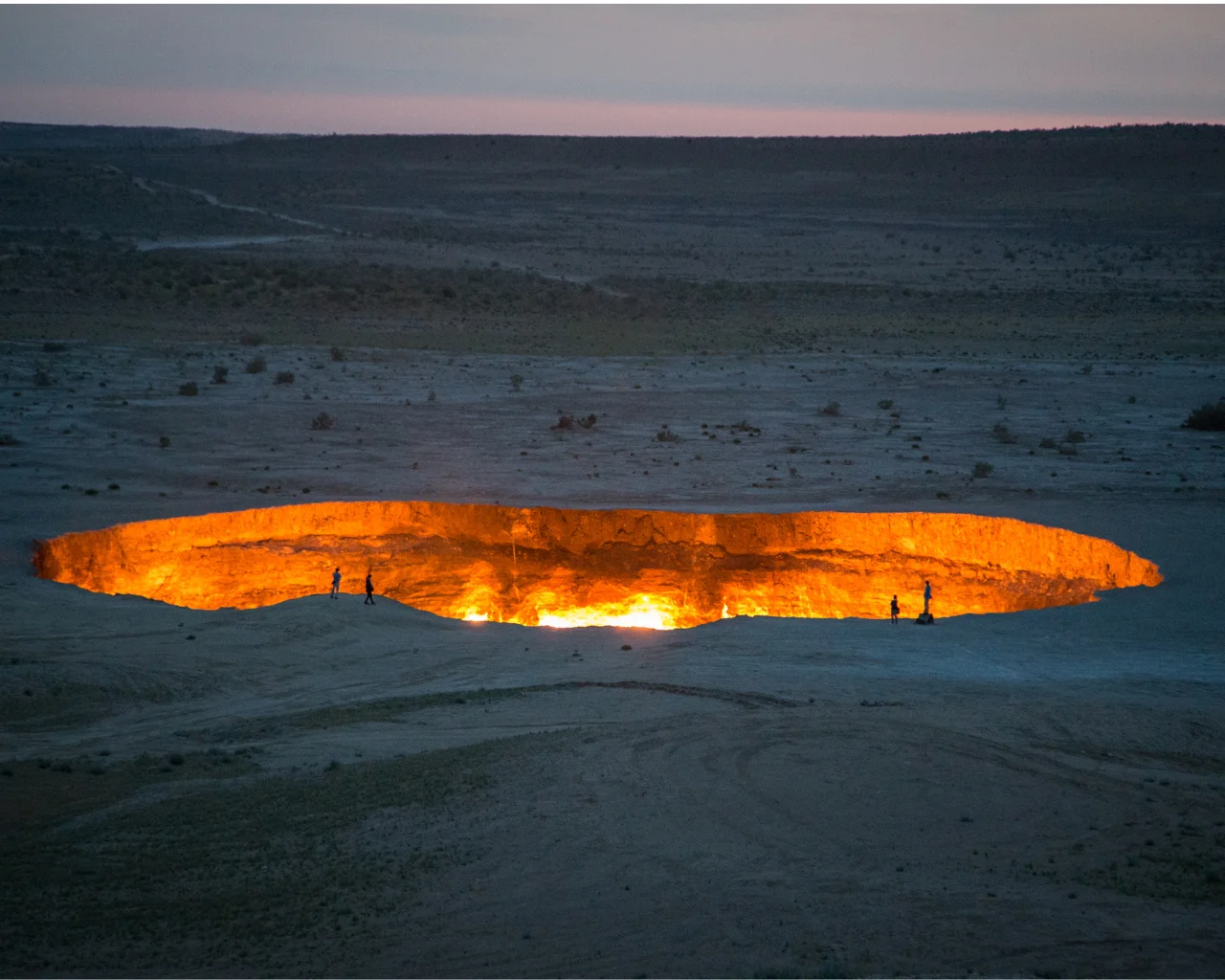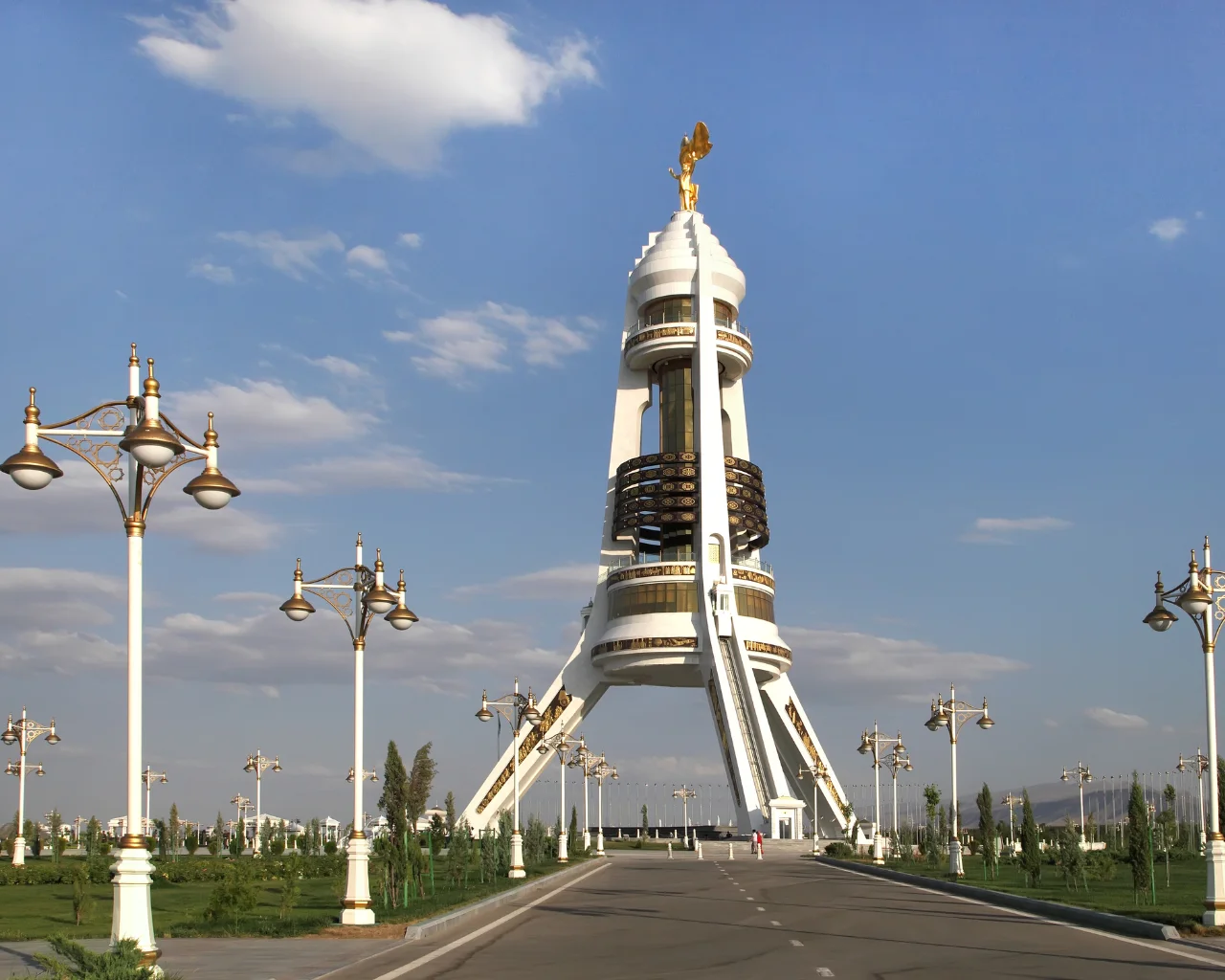Merv - The Sand-Whispered Silk-Road Majesty of Central Asia
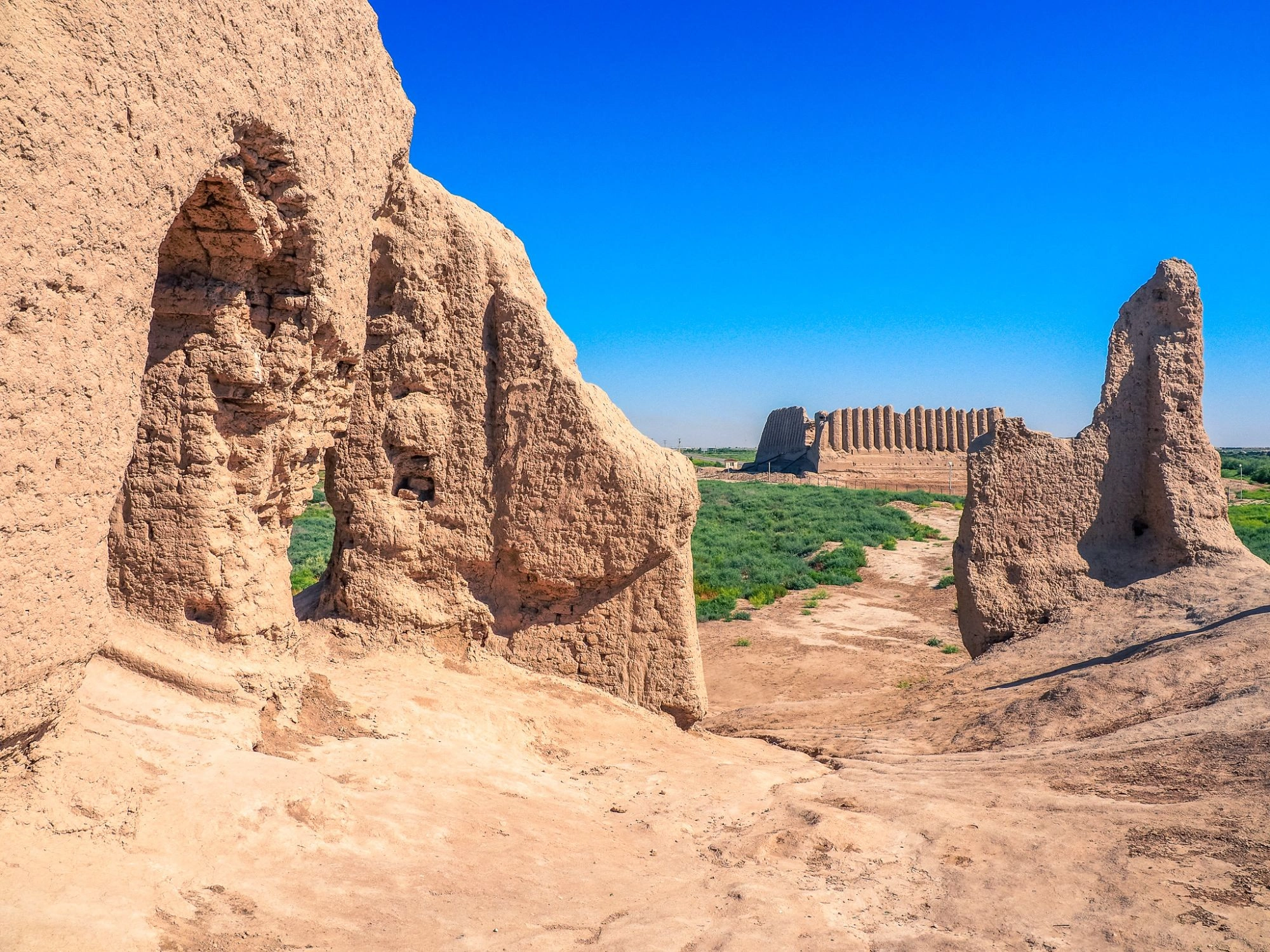
Merv - The Sand-Whispered Silk-Road Majesty of Central Asia
There are places that hold their secrets in dust and silence. One such place is Merv - the hauntingly beautiful ruin-city in Turkmenistan that once pulsed with life, wealth and learning along the Silk Road. Today it stands as a vast open-air museum of empires, a landscape where dunes and crumbling brickwork whisper of bygone grandeur. For the adventurous traveller, it’s a site of deep contemplation, wild imagination and endless photographic possibilities.
Arrival: stepping into the mirage
You approach the ruins of Merv from the town of Mary, about thirty kilometres away. As you leave the modern roads, the terrain shifts: the green fringe of the Murghab River’s delta gives way to arid desert light, and then suddenly you’re confronted by vast mud-brick walls, ramparts, towers, and domes - relics of a city once called “the Queen of the World.”
Under the hot Turkmen sun, the ruins stretch into the horizon. Walking into this space you feel the scale of the place, the layers of history. Walls the height of houses. Sand creeping through broken masonry. The wind carrying the whisper of caravans, scholars, and the turmoil of sieges.
A city of empires and wonders
Merv’s story is one of astonishing rise, brutal fall and enduring mystery. It began as a settlement in the third millennium BC and rose through the eras. Under the Achaemenids it was a satrapy. Later it became one of the Islamic world’s greatest cities under the Seljuks, in the eleventh and twelfth centuries, when its population may have reached half a million.
But Merv was not immune to disaster. In 1221 the Mongols, led by Töleü Khan, son of Genghis Khan, sacked the city in a massacre so devastating that Merv never quite recovered. Then in the late eighteenth century it was finally destroyed and abandoned.
Today, walking among the ruins - through the citadel of Erk Gala, across Soltan Gala, past the Mausoleum of Sultan Sanjar - you feel both the grandeur and the emptiness, the juxtaposition of human ambition and mortal fragility.
The wanderer’s delights
- Sunrise over the ruins: Early morning light bathes the brickwork in warm tones, shadows stretch across the desert. Bring a light jacket - the breeze can surprise you.
- The view from the Mausoleum of Sultan Sanjar: One of the best-preserved structures, a dome that looms above the ruins - you’ll find yourself pausing to just take it all in.
- Exploring the layers: From Sassanian walls to Seljuk palaces, the site is a multi-layered stratigraphy of civilizations.
- Photography bets: The corrugated walls of Kyz Kala, the endless desert horizon, the play of light across broken arches - all perfect.
- Moments of solitude: With few tourists and vast areas to explore, you often feel as though you’re the only one there - a treasure for slow travellers.
Practical adventure tips
- Access: Merv lies in Turkmenistan, a country with strict regulation of travel. Most visitors join guided tours to reach this site.
- When to go: Spring or autumn are best for moderate temperatures. Desert heat in summer can be intense.
- What to bring: Good walking shoes, sun protection, and plenty of water. Also, a small torch if you explore interior ruins at dusk.
- Guide value: A guide enriches the experience enormously - they help you understand what you’re seeing, explain the layers of history, and steer you safely through the ruins.
- Respect the site: It is a UNESCO World Heritage property. Stick to marked paths, don’t climb unstable walls, and treat the site with care and reverence.
Reflections: why Merv matters
In a world where many ancient places are re-built for tourism, Merv offers something more raw, more profound - wonder in ruin. A city that once rivalled Baghdad and Samarkand, a hub of trade and learning, sits now under the vast Turkmen sky, quietly telling its story.
It reminds us that all empires are transient. The dust of human endeavour returns to dust. Yet here in Merv you feel a continuity: the desert isn’t hostile - it’s a keeper of memory. The walls survive not simply as monuments, but as witnesses.
For the traveller willing to venture off the beaten path, to embrace silence, space and time, Merv offers that rare gift: the sense that you’re part of something ancient, a guest in a place that once held the world at its feet.
Final thought
Leaving Merv, you carry with you more than photos of crumbling walls. You carry a sense of deep time, of cities built and razed, of human ambition and nature’s slow reclaim. The desert doesn’t rush. It doesn’t boast. It just holds the past in its folds. And you, for a few hours, walk through that memory.
If you’re dreaming of an adventure that steps beyond the usual, that reaches into the bones of history and lets you wander where few have, then Merv awaits - silent, vast, and unforgettable.



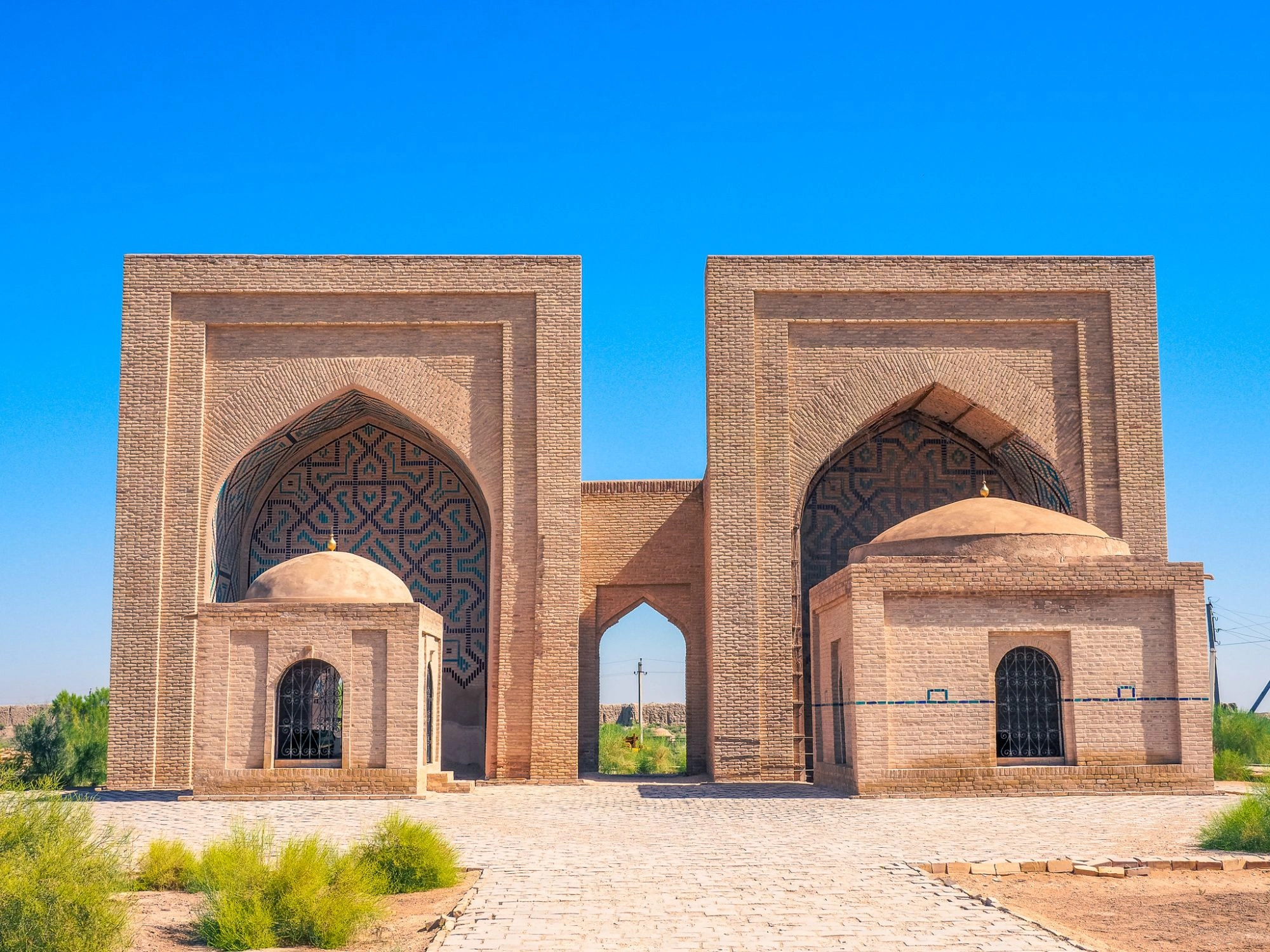
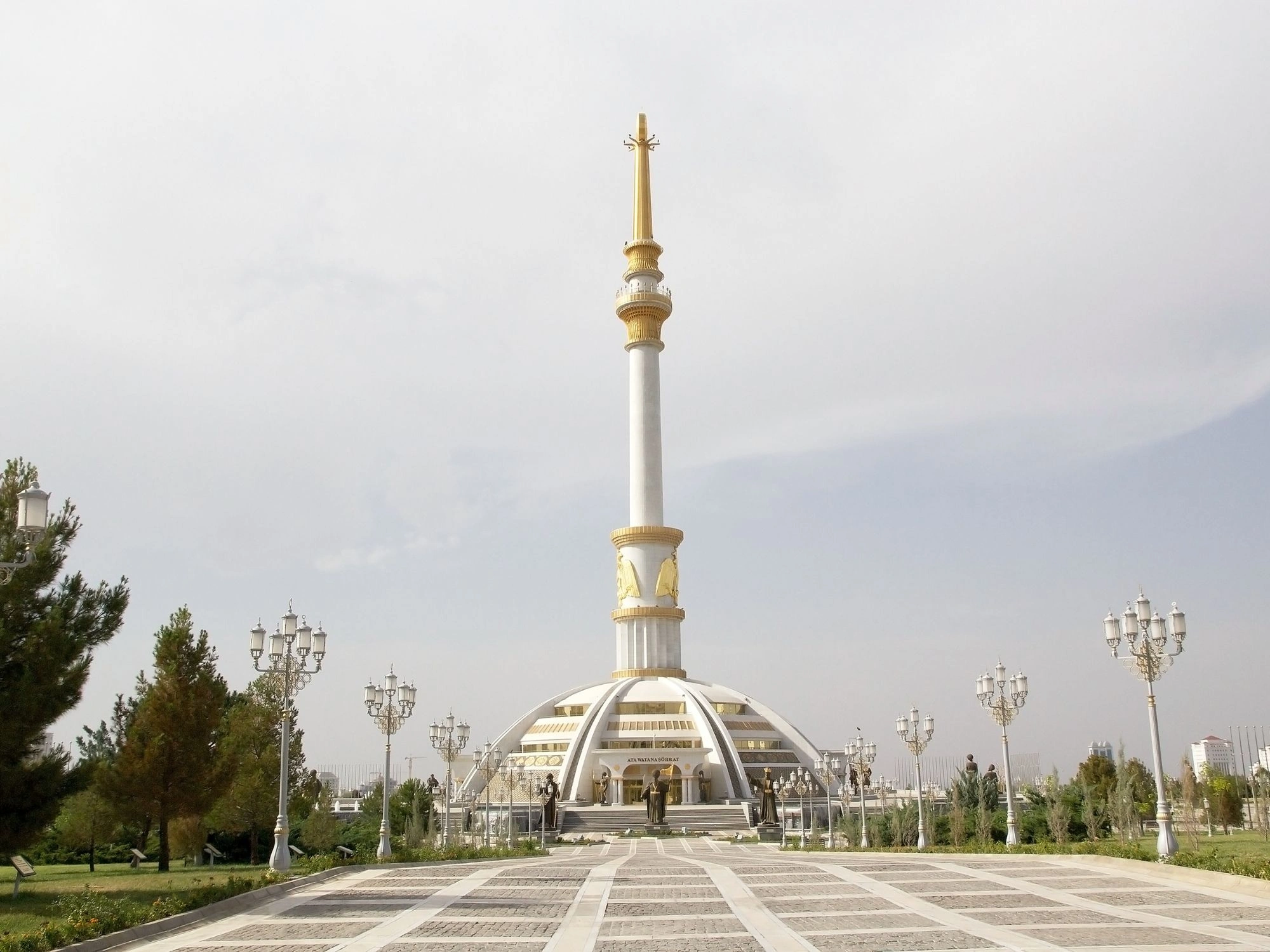
.webp)
